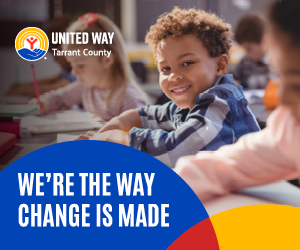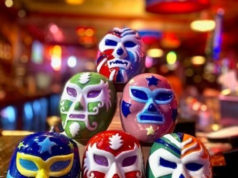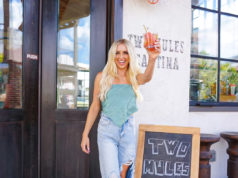A lot of lesbian, gay, and transgender people over the age of, say, 35 will tell you that bars saved their lives. Queer lounges essentially created urban LGBT communities and, from there, energized a political movement. The 1969 Stonewall Inn uprising in New York City sums it up: A decades-long national struggle for social justice began inside a Greenwich Village dive previously known for watered-down drinks and bad lighting.
But the true measure of a movement’s success is freedom of choice: Is the community that began in shitty bars doomed to stay in shitty bars as the outside world grows more accepting? Roger Bunch, 51, moved to east Fort Worth with his longtime partner about 14 years ago. They were dissatisfied with the city’s gay establishments, to say the least.
“They were very dark, very smoky, and they tended not to be clean,” he said. “The drinks were expensive, and, for some reason, the beer selection was all light beer. They also tended to be meat markets that weren’t a comfortable place for couples. The message we heard [from the Fort Worth bars] was: ‘You’ve got to drink what we tell you to drink, pay what we tell you to pay, and breathe what we tell you to breathe.'”
The dearth of quality gay bars eventually led Bunch and his partner to cease their pub-hopping altogether. Over the years they invited friends to meet at restaurants around the city for weeknight socials, but it wasn’t the same. Conversation in a beloved booze haunt carries its own special allure. So Bunch began talking to bar owners in and around the East Side to gauge how sympathetic they’d be to seeing their otherwise straight environments graced by gay patrons. Corporate Image Lounge co-owner Cindy Mills said y’all come on over!
And so about a year ago, Q’sdays at Corporate Image were born. Every Tuesday evening at 6, Bunch and his fellow Q’sters set up a large table with a potluck meal that they’ve brought. The theme could be anything from finger food to barbecue to Mexican. Then the Shiner starts to flow as around 30 Q’sday regulars — mostly gay men and several lesbians — talk neighborhood news and other concerns of the day. People play pool or shuffleboard or hang by the internet jukebox, which typically plays classic rock, old-school R&B, and the great jazz vocalists. It’s all so gay and yet so shockingly ordinary at the same time.
“About 75 percent of us are in committed relationships,” Bunch said. “Our age range goes from 21 to 80. It’s just a no-pressure place to socialize. If you’re looking to cruise, you’d better go somewhere else.”
He noted that the club’s other Tuesday night regulars, who presumably are straight, haven’t fled since Q’sdays began. Indeed, as the evening wears on and the gay patrons have had their fill of the potluck, the heteros are usually invited to nosh.
Many of the Q’sters still hit traditional gay bars in the city. Bunch cites The Rainbow Lounge as a big improvement to the scene, although the scene as a whole still lacks variety and consistency. Corporate Image is an important option not only for its inclusiveness but also its location: According to the 2000 U.S. census, the East Side contains the second largest concentration of gay people in the city. Q’sdays simply meet another need in that neighborhood. Of the Tuesday night group, Bunch said, “We don’t have to be afraid and stick to just one part of the city anymore.” — Jimmy Fowler
Gay-rilla Raids
For the record: The monthly Guerilla Gay Bar Raids are still going strong. Every month since August, many members of Fort Worth’s LGBT community have been “raiding” (read: partying at) acknowledged hetero bars, just to spread the fabulosity around. For word on the next “raid,” visit Guerilla Gay Bar Raid’s Facebook page (Google it). — Anthony Mariani
Contact Last Call at lastcall@fwweekly.com.











